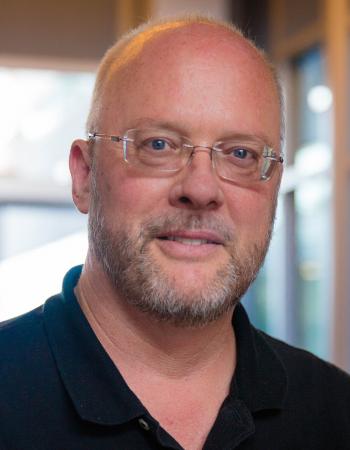
George Tynan
George R. Tynan
UC San Diego Mechanical & Aerospace Engineering, visiting professor MIT PSFC & NSE Department
Tuesday, September 5, 2023
12:00pm
NW17-218 Hybrid
Abstract: Because of the relatively low fueling efficiency and burnup fraction of tritium (T) within magnetic fusion energy (MFE) confinement devices, even low levels of T retention in plasma facing components (PFCs) subjected to burning plasma-material interactions (BPMI), defined here as simultaneous plasma exposure and 14 MeV neutron irradiation at reactor-relevant temperatures, can impact the in-vessel T inventory, achievable tritium breeding ratio (TBR), and performance limits of PFCs in fusion pilot plants (FPPs). Validated models of these issues based upon a deep understanding of PFC material evolution under BPMI conditions are needed to support FPP designs. This talk summarizes recent experiments and plans for new work that will lead to this requisite understanding.
First, experiments show that PFCs exposed to mixed D-He plasmas with realistic levels of impurities undergo profound surface and near-surface morphology changes, including formation of He-nanobubble layers at the surface, development of arrays of micron-scaled cone-shaped features and, at high surface temperature, spontaneous growth of a dense interwoven nano tendrils that emerge out of the underlying substrate. The presence of a He-filled nano-bubble layer can reduce fuel retention within the PFCs by more than an order of magnitude, while the development of nano-to-micron scale morphology changes transport on large (cm) spatial scales. Second, displacement damage from energetic particles (e.g. MeV ions or neutrons) is well known to leads to atomic-scale defects that can greatly enhance fuel retention. Experiments show that at reactor-relevant temperatures interstitial-vacancy recombination, at least in W-based materials, occurs quickly enough to largely eliminate this elevated retention, but recent experiments prove that trapping of plasma-implanted hydrogen isotopes within these defects can stabilize vacancy-interstitial recombination and thus could materially impact this beneficial annealing. Finally, recent experiments show a clear degradation of thermal conductivity from either plasma exposure or displacement damage. Annealing can restore much of the degradation but it is unknown at present if hydrogen trapping quenches this recovery.
These results show that the PFC near-surface region that will play a key role on the T-fuel cycle in FPPs, with an acceptable PFC operating window set by the competition between plasma-driven erosion and redeposition, fuel and ash atom implantation, displacement damage, and defect evolution. We close by outlining plans for new work that should lead to validated PFC models that can be used to make FPP design decisions.
Bio: Professor Tynan's current research is focused on the plasma physics of controlled nuclear fusion as an energy source. He studies the fundamental physics of turbulent transport in hot confined plasmas using both smaller scaled laboratory plasma devices as well as large scale fusion experiments located around the world. In addition, he is investigating how solid material surfaces interact with the boundary region of fusion plasmas, and how the materials are modified by that interaction. He is also interested in the larger issue of transitioning to a sustainable energy economy. He received his PhD from UCLA in 1991 and joined the UCSD faculty in 1999 where he has served as Department Chair, Associate Vice Chancellor for Research, and Associate Dean of Engineering. He was named a Fellow of the American Physical Society in 2010 and was named as the Kazuo Iwama Distinguished Professor in 2020.